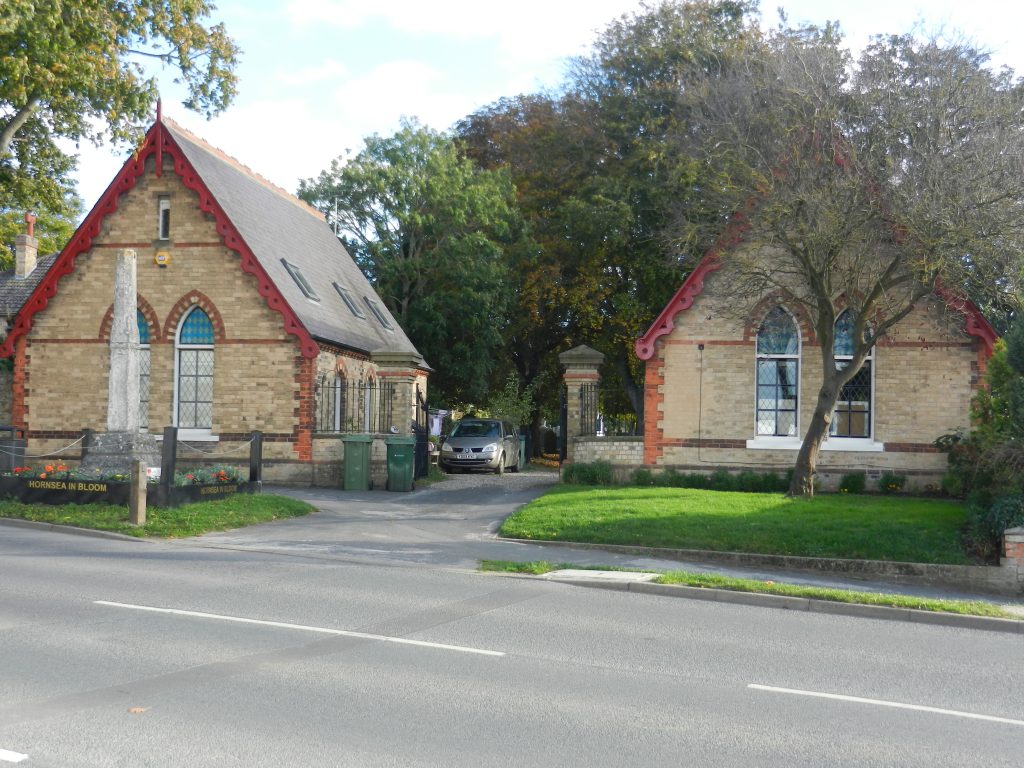
Rising damp, that is wetness seeping up from the soil on which a property is built, can endanger the health of the inhabitants and compromise the strength of the building. This relates to the large-scale trend in the 20th century to build housing on flood plains, so-much-so that initially it was a trend that excited little interest – people like to live near water bodies – and, despite various government prohibition orders continues to this day e.g. the northward expansion of housing on the Kingswood estate, north Hull/East Riding. It is surprising that mortgages are still available for such properties, although, there can be mitigating circumstances such as where each house is constructed on a concrete ‘raft’.
Medieval Man knew better than to build on a flood plain (except in such circumstances as central London and Hull’s Old Town), and Hull is an example of a town that expanded through the centuries blind to its precarious location. In Barton the Humber flood-plain north of the town remained undeveloped until the mid 19th century by which time local industries were prepared to move there to take advantage of a Humber-side or Haven location as well as level land facilitating large-scale building, plus a clay-bank Humber flood defense that had been raised and re-configured over the centuries. Once the industries moved there housing followed.
Various strategies were employed across the centuries to reduce the impact of rising damp. Timber-framed properties with wattle-and-daub walling were sometimes constructed on a low brick wall of four to six courses, the bricks, although themselves porous, reduced the impact of rising damp. However, this made the building more expensive to build as throughout the centuries brick was always seen as an expensive option. Black bricks, ‘overcooked’ in the kiln, were often used for the lower cources of walls (see above).
The photo above shows two very well preserved lodges at the entrance to Hornsea’s municipal cemetery. Now lived in they were almost certainly originally chapels of rest, one for Nonconformists, one for C. of E. worshippers.